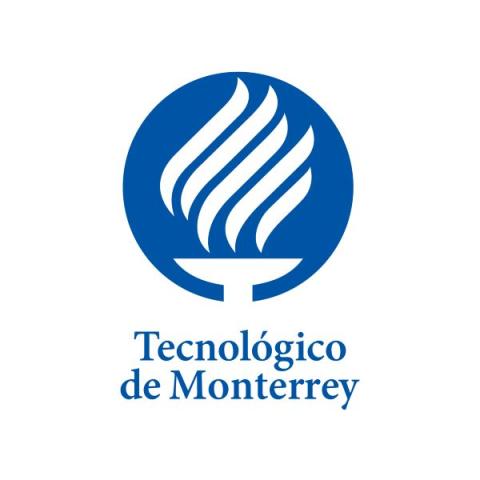
Analytics is quickly becoming a crucial teaching tool
It has long been said that “knowledge is power”, and rarely has that been truer than in the modern world, which is why analytics serves as an increasingly important support tool in both decision-making and strategic planning. And the higher education sector is certainly not excluded from this situation.
Even as they continuously improve their models, sharpen teaching practices and boost academic performance, universities have still found the need to identify areas of opportunity for providing quality service. One key party interested in this information is teachers: as they attend to students first-hand, they need to understand what concerns them and how they interact during classes.
As we know, there has been an increase in digital classes across most higher education institutions, but such classes can often mean the teacher has only limited access to and knowledge of what happens during their teaching. Not visible, for example, are most direct interactions between students, nor the level of attention they pay to the class or the activities and so on.
- Balancing student data collection and privacy protection
- Creating poetry from data to aid analysis
- Collecting data on our students is the only way forward
With this in mind, we recently analysed more than 2,800 students across three semesters (from August 2020 to December 2021). All were studying in digital classes, which are challenging for teachers because of their space and time particularities. We formulated surveys with questions about the students’ perceptions of the online learning experience to see which aspects could be improved. In short, we wanted to know about those invisible elements that we do not see but which have an impact on the performance of our students.
Through an anonymous survey, using tools such as Qualtrics or Google Forms, we can get to know where a course largely succeeds and where it fails, along with the students’ profiles and interests.
However, even with the greatest surveys in the world, teachers must have knowledge of the different tools available to effectively analyse the information gathered in research. For example, when analysing a factor such as motivation, we use the Yerkes-Dodson graph to compare levels of stress against performance, to learn why students display certain behaviours and, in turn, identify the course elements that are not facilitating their learning effectively.
The research will usually also provide comments from students regarding their learning experience – information that must be processed by category. To prioritise the most important comments and plan accordingly, we can use a Pareto chart to analyse their frequency and then use Voyant Tools to obtain an overview of the comments and understand their particularities. We can then triangulate this information to make the appropriate adjustments; this is best achieved through analytics and tools that can analyse the data quickly for timely decision-making.
In summary, to get the most out of analytics, we must follow these simple steps:
- Define an objective/what we want to learn from the research
- Carry out diagnostics with questions that allow us to reach the objective. (Remember that you can use Qualtrics or Google Forms.)
- Know the different tools to process the information obtained, perhaps by generating visual representations such as graphs for quantitative data, while qualitative data can be analysed with Voyant Tools (in the case of open questions) to triangulate the information and understand why things happen
- Use analytics to make the necessary adjustments to your course or teaching practice.
There is no doubt that the use of analytics and tools that can process information quickly are highly valuable in our practice as teachers. They can help us know our students better and adjust courses accordingly, meaning it’s no exaggeration to say that data can help us become better teachers.
Julián Urrutia is an educational engineer, educational innovation and digital learning, at Tecnológico de Monterrey.
Cynthia López is an educational engineer, educational innovation and digital learning, at Tecnológico de Monterrey.
If you found this interesting and want advice and insight from academics and university staff delivered direct to your inbox each week, sign up for the THE Campus newsletter.




